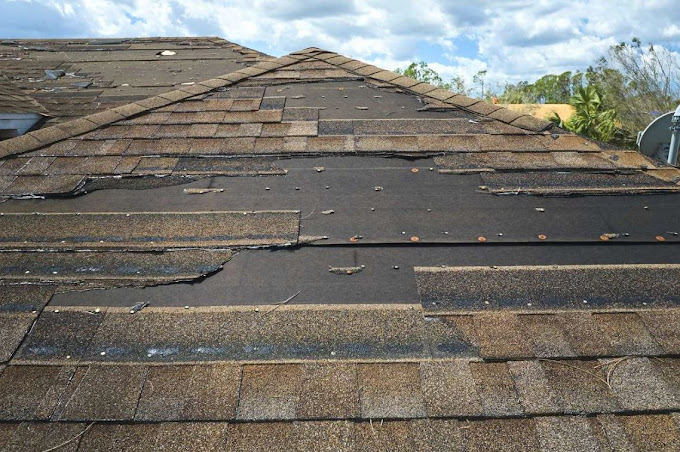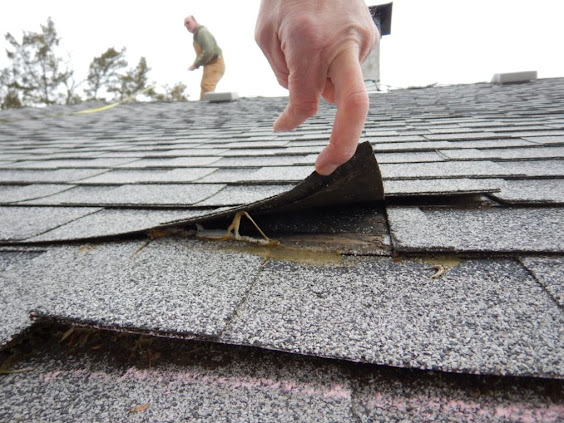What are the signs that my roof needs repair?
Imagine the roof of a house as an unappreciated sentinel, silently standing guard against all the resources nature throws at it.
From the blazing sun to the hail, From the incessant rain to the gusty winds, it is the first line of protection and the cornerstone to protect the sanctity of the home.
However, like any other element of a composition, ceilings are not immune to wear and tear. With age, they can become vulnerable and can request upkeep or composure. Spotting such signs early on can make a significant difference in avoiding major damage and untold costs.
The following article is intended to provide practical knowledge on various telltale signs that your roof needs fixing.
It delves into the indicators of visible ills, such as the lack of tiles or leaks; It also finds hidden indicators that homeowners often overlook, yet are just as crucial to preserving your roof's structural integrity.
The information provided in this file will be beneficial to those seeking to promote a sense of ownership in their homes by ensuring their stability and longevity through regular maintenance checks and timely repairs.
Visible evils
Signs of visible malady, such as broken or missing shingles, warped or sagging surfaces, and roof debris in gutters, are clear indicators that a roof may call for quick repair. Such signs do not have to be ignored, as they can create more serious problems such as leaks and high energy prices due to poor containment.
Roof tiles remain designed to defend the home from water intrusion; if they remain involved in any way, it leaves your home vulnerable to potential water damage.
Additionally, granules found in gutter systems could indicate that the roofing material is deteriorating and losing its protective characteristics. This commonly occurs thanks to constant exposure to adverse weather conditions such as extreme heat or icy conditions. Likewise, a sagging or sagging roof is another sign that there may be structural issues within the roofing system itself. This could be due to issues with the attic roof or even inadequate support construction holding up the roof.
When evaluating such signs of visible blemishes in a roof, it becomes clear how crucial regular inspection and maintenance are to ensure its longevity. A proactive approach can prevent minor inconveniences from becoming larger ones that require a lengthy and expensive roof replacement plan.
No one wants their sense of belonging interrupted by avoidable home repairs; Taking note of these visual cues will help protect both your entire home and your peace of mind.
Hidden indicators
Hidden indicators of a failing roof may not be easily visible, but they may present themselves from some subtle possibilities, such as unexplained increases in energy bills or the presence of moisture and mold growth in your attic.
Such signs constantly reveal that the ceiling cannot yet function as a positive barrier against external resources. For example, if there is a sudden increase in heating or cooling prices without apparent cause, it could mean that the confinement provided by the roof has been compromised thanks to evils. Similarly, recurring condensation on windows and doors can indicate poor ventilation thanks to blocked or compromised roof vents.
Mold growth is another silent sign of potential roofing issues. Mold thrives in damp conditions that can arise from leaks within the roofing system that are invisible from the ground grade. Unnoticed water invasion can naturally lead to structural decay and wood decay, in parallel promoting mold growth along walls and ceilings. This could compromise the quality of the interior wind with the age and cause health problems for the occupants, presenting another indirect indicator of possible ailments in the roof.
Likewise, sunken areas in the ceiling can indicate water storage as a result of a leaky ceiling, even when there are no visible spots or stains. A change in color or texture on interior walls can also indicate hidden water infiltration originating from faulty roofing systems.
Additionally, discoloration of exterior paint under eaves and overhangs may suggest water storage from ineffective guttering, another factor closely related to proper roof management. Therefore, vigilance for such less obvious signs is essential for timely detection and repair of any underlying roof defects.




Comentarios
Publicar un comentario